Product Development
Nobody takes a risk on brakes. They are the single most important safety feature on any car, therefore you must make sure that yours have been designed, tested and produced to the highest quality. BCC Performance Brakes are manufacturered to international quality standards, and thoroughly tested both in our engineering facility and on the road. We do just that by:
- Carrying out our design processes with a dedicated in-house product development team
- CAD designing, and prototyping each design
- Fitting our products on real classic cars
- Complete our technical testing until we are 100% satisfied that the product is fit for purpose.
- Carrying out real life vehicle testing, both in controlled environments and on the road
Learn more about the steps we take when creating a new brake design using our ISO9001:2015 quality standard, so you can be assured that you are fitting a product that is designed to better the braking performance of your classic car.
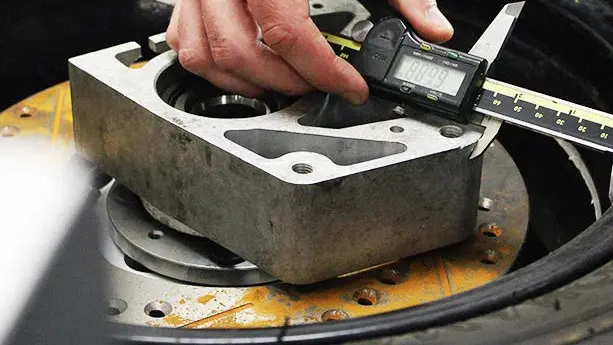
STEP 1 - Original caliper research
Every brake design project begins with research. Gathering insights from enthusiasts who struggle with subpar braking performance and a lack of quality replacement options. Their feedback fuels our mission to create superior braking solutions.
Next, we dive deep into research, evaluating stock brake systems, and exploring existing aftermarket options. Once we commit to developing a new brake kit, the real engineering begins. We assess the original system’s effectiveness, determine the maximum available space for discs, calipers inside the wheel.
The result? A high-performance braking solution designed for enthusiasts, by enthusiasts.
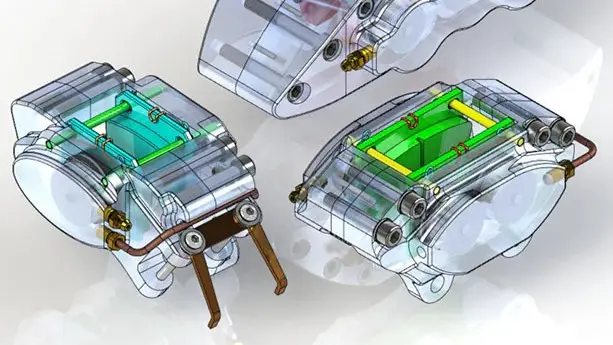
STEP 2 - Computer aided design process
Our calipers are engineered with precision from the very start, using the industry-leading SolidWorks CAD design package. Every detail is carefully crafted to deliver the braking performance that owners and enthusiasts demand.
Once the design takes shape, we bring it to life with cutting-edge manufacturing. Using EdgeCam, our team creates highly precise CNC machining programs to ensure every caliper is built to perfection.
From the initial concept to the final design, our focus is clear: improve braking performance while using readily available, high-quality components like brake pads and seal kits so owners can easily maintain our products.
The result? A seamlessly engineered solution that delivers braking power, reliability, and confidence on the road.
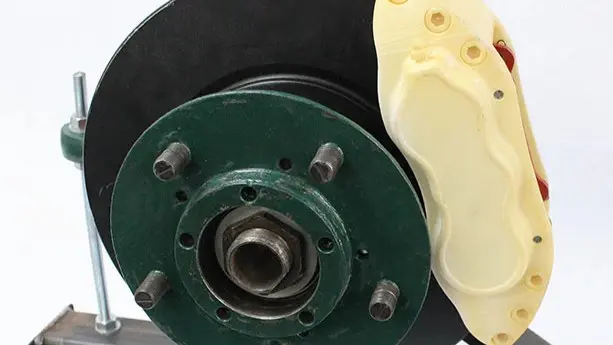
STEP 3 - Initial prototyping
To bring our designs to life quickly and efficiently, we 3D print new caliper prototypes. This allows us to instantly test the fit within the hub, disc, and wheel assembly, ensuring perfect alignment and compatibility.
But it’s not just about function; it’s also about form. Holding a physical model helps us refine the look, feel, and overall aesthetics of the caliper before moving to full production. It’s a fast, precise, and innovative way to perfect our designs.
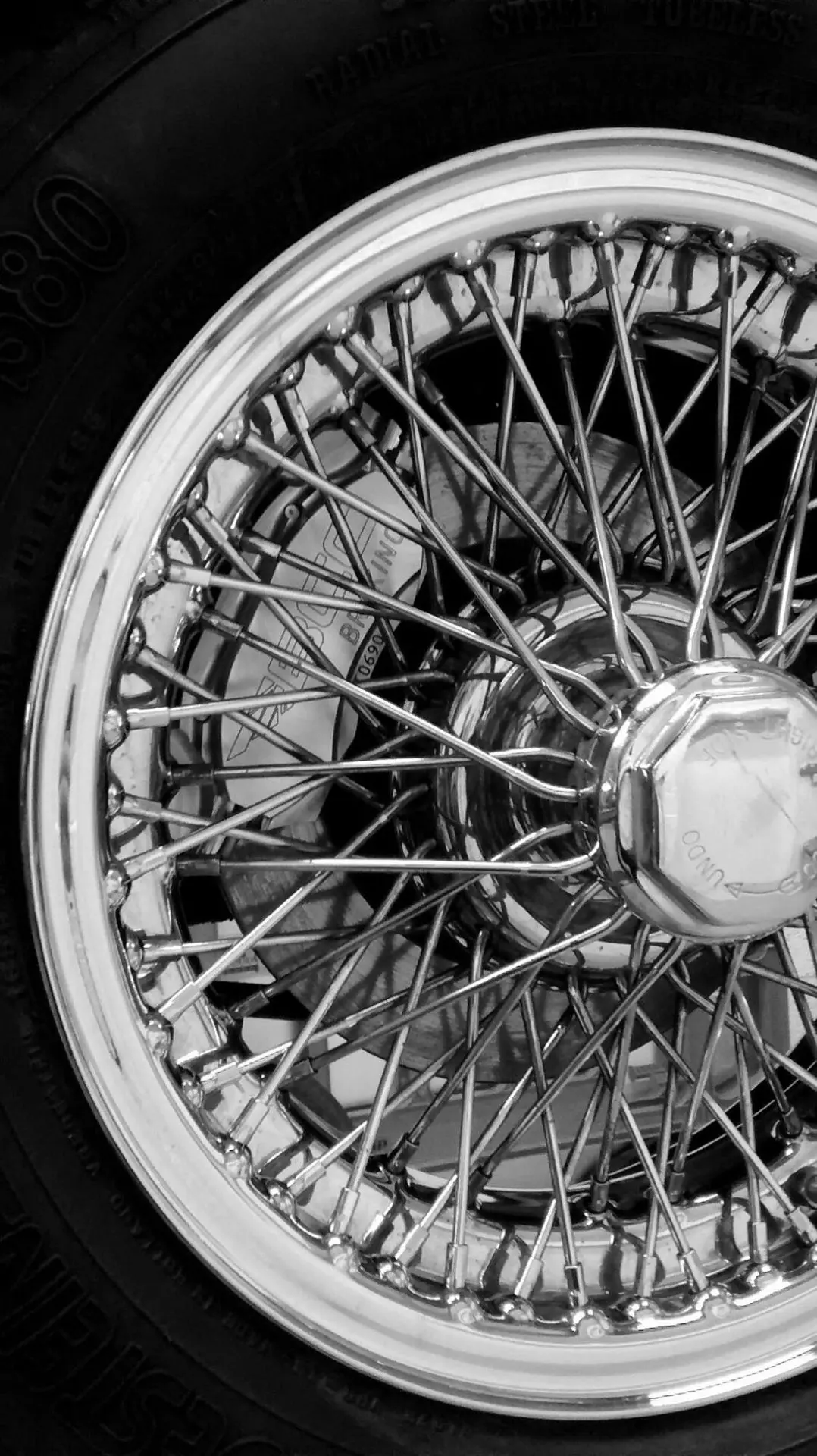
STEP 4 - Test fitting
Once the 3D-printed prototype gets the green light, we move to the next stage crafting full aluminum prototypes in our factory for real-world testing.
The first step? Fitting the caliper to a vehicle and connecting the hydraulics. Our goal is to enhance performance and improve the original brake feel. Every adjustment, every refinement, brings us closer to a braking system that not only performs exceptionally but also feels just right.
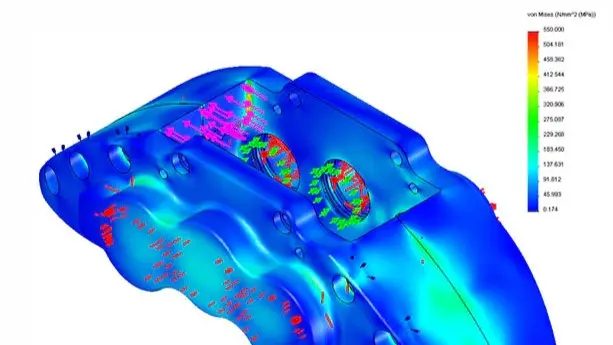
STEP 5 - FEA testing
Using SolidWorks, we put every caliper design through rigorous Finite Element Analysis (FEA) to ensure it can handle the extreme pressures of real-world braking. This advanced simulation considers every critical factor. Vehicle weight and power, pad size, friction material, disc size, and more to replicate real driving conditions as accurately as possible.
Our goal? Absolute strength and reliability. We design each caliper to withstand at least 1.5 times the vehicle’s maximum braking pressure, but we often exceed that by a huge margin. Take the Jaguar MK2 front caliper, for example: it endured over seven times the vehicle’s working pressure in testing, and we still couldn’t break it. That’s the kind of overengineering we take pride in, because when it comes to braking, there’s no such thing as too strong.
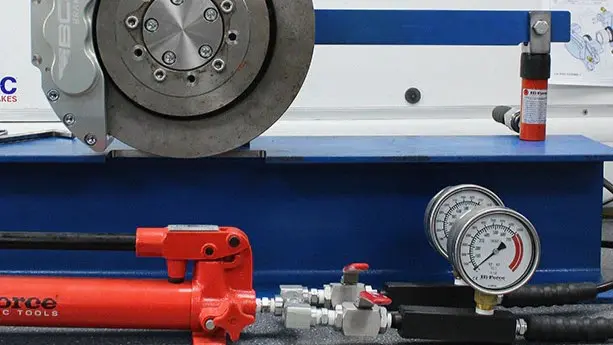
STEP 6 - Hydraulic pressure test
In our pursuit of unbeatable braking performance, our research and development team has engineered a state-of-the-art hydraulic test rig that pushes our calipers to their absolute limits. This cutting-edge setup doesn’t just simulate real-world conditions, it goes far beyond them, subjecting calipers to pressures far greater than any car could ever produce.
We don’t stop at hydraulic force alone. Our rig also replicates centrifugal forces to mimic the extreme conditions brakes endure at high speeds. Then comes the ultimate test. Destruction testing. By pushing each caliper to the breaking point, we determine its true pressure capacity and pinpoint any potential weak spots. The result? Calipers that don’t just meet expectations, they shatter them.
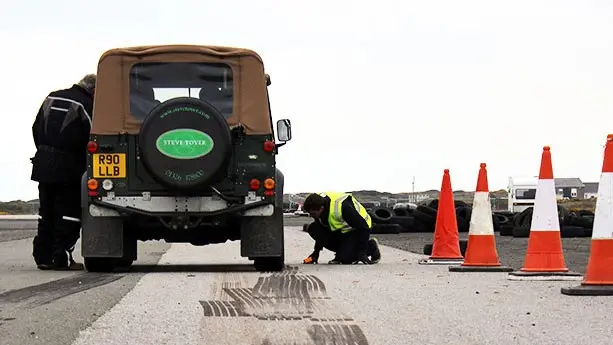
STEP 7 - Vehicle test
The final test is the ultimate proving ground. Real-world driving. Once the caliper passes all our rigorous lab tests, it’s fitted to a vehicle and taken to a test track or airfield for high-intensity brake testing.
With the car fully rigged with monitoring equipment, we push the brakes to their limits, measuring caliper temperatures, braking forces, and performance at varying speeds, all while comparing the results to the original system. But we don’t stop there. After track testing, the calipers stay on the vehicle for real-world driving, giving us long-term performance data and ensuring they deliver consistent, reliable braking in any condition.
Only after passing these extreme tests do our calipers earn the right to be called a true performance upgrade.
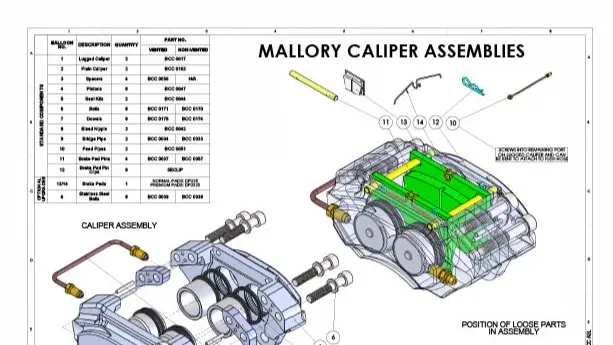
STEP 8 - Final design and project sign off
If our testing reveals any areas for improvement, we go back to the drawing board, refining, re-engineering, and re-testing until we achieve perfection. Every step of the process is repeated as needed to ensure we deliver the best possible performance.
Once the test results meet our high standards, the design leader finalises the technical drawings and presents them to the wider design team. This is where the real scrutiny begins. Every product feature, test result, and manufacturing technique is challenged and questioned from every angle. Only when the entire team is confident that the caliper meets our uncompromising standards is it officially signed off as 'ready for manufacture'—a true seal of quality and performance.